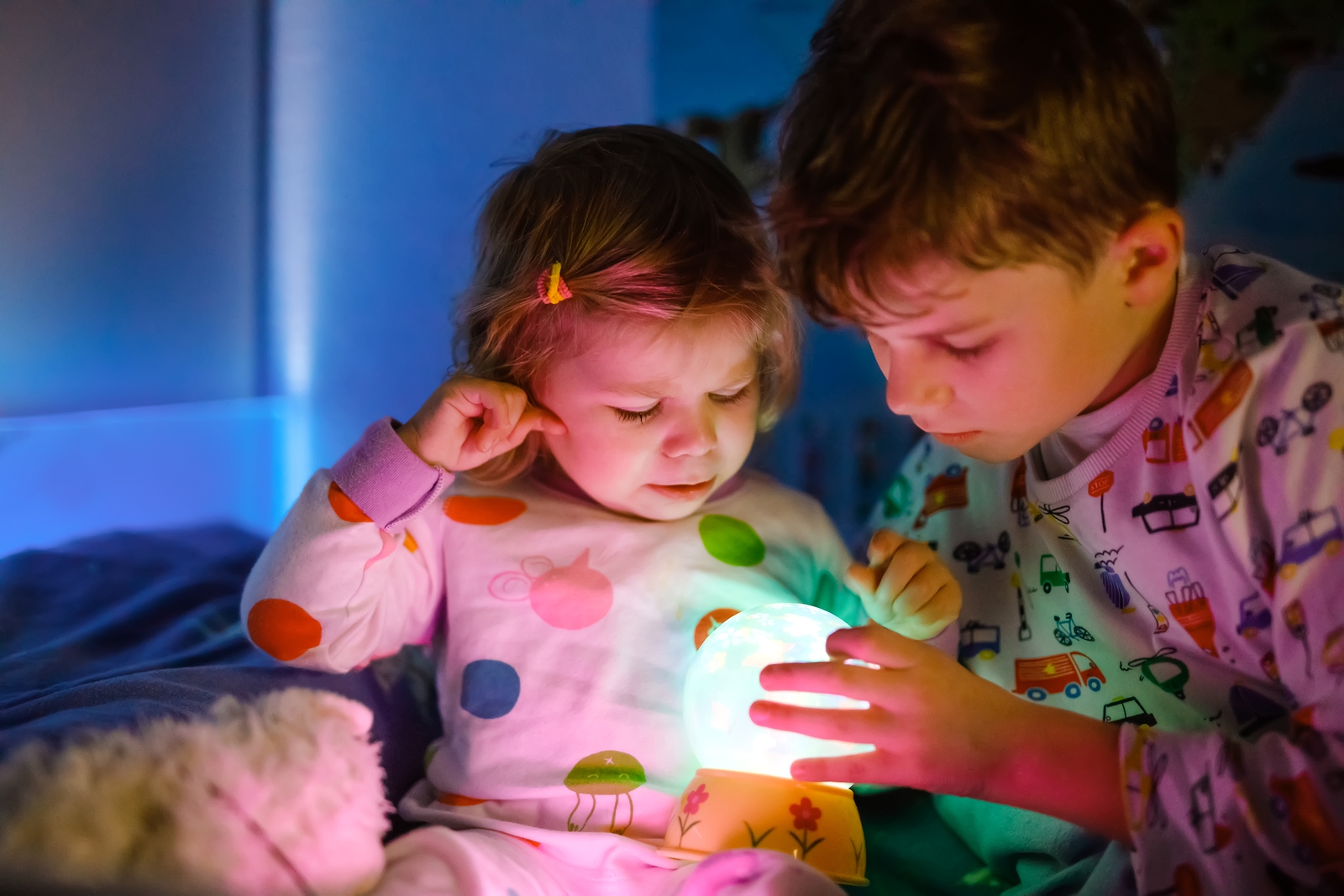
If you are considering getting smart dimmable lights in your baby’s nursery then consider these areas when choosing lighting.
Think about placement of the light
Think about where you will need the light most. Will you be feeding at night and do you have a changing station in the nursery? You will be glad to have the light source near those areas. Be aware that having any light source near where your baby sleeps could create sleep problems. Baby’s are like us in that they need to have a dark room to sleep well in, and if you are experiencing problems with your baby’s sleep this is something to consider.
Don’t use a night light with blue light
You may have heard about how our screen use is affecting our sleep. The theory is that by using phones, iPads, computers and even TVs just before going to bed or when in bed prevents our body from knowing it is night-time and letting us go to sleep. This is due to blue-spectrum light waves. The same is true for babies, so don’t use a night light that emits blue light, and be careful with your screen use around the baby before bedtime or at night too.
Choose lights with a red or orange colour instead.
Question if you need a night light
Some babies can be distracted by night lights and this can affect their sleep. If this is the case then question whether a specific night light is really what you need. Instead consider if a dimmable light in the nursery or in the hall for example, which you can use to change the baby by in the middle of the night, might be a better bet for you and your baby.
Consider a night light with a timer
Babies who prefer a night light due to fears of the dark for example, may sleep better with a nightlight that switches off 30 minutes after they have gone to sleep. Motion sensor night lights can be useful for adults too, for example a night light that comes on in the hall when you get up but goes off 30 minutes later. These can really help you if you are finding you are stumbling about in the dark and stubbing your toes a little too often.
Take the baby out during the day
Not a tip to do with lights at all but a very useful one none-the-less. While you can choose specific lights and lightbulbs to make sure the artificial light in your home is as non-disruptive to sleep as possible, and easy, effective and free option is making sure your baby gets as much daylight as possible. In the beginning this is essential for helping your baby learn the difference between night and day and set its body clock, and also helps with vitamin d production. Midwives even suggest it if your baby is a little jaundiced. As they get older sunlight exposure in the morning, afternoon and evening can help improve sleep too.


